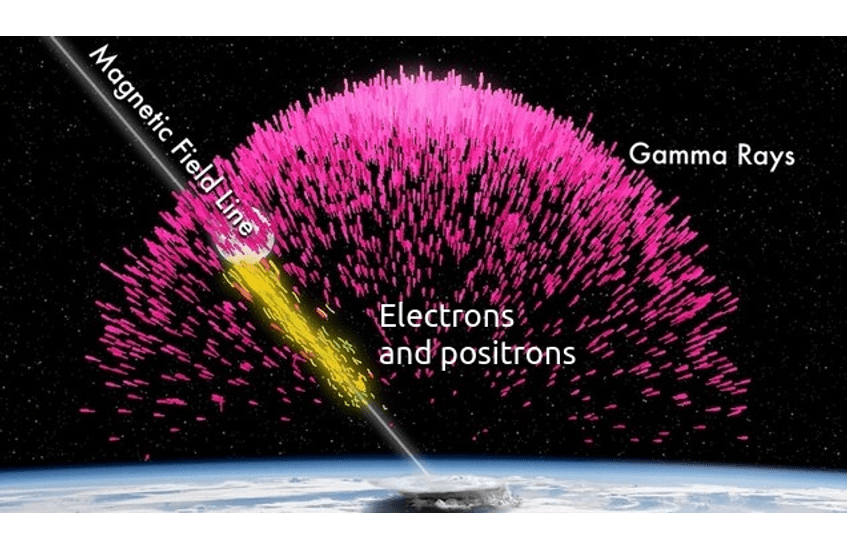BCSS’ Martino Marisaldi has recently been in a conversation with the Italian ambassador to Norway, Alberto Colella, who has a keen interest in the phenomenon known as Terrestrial Gamma-ray Flash (TGF). In particular, the ambassador has wanted to know more about the ongoing collaboration between Italy and Norway when it comes to TGF science.
Marisaldi has written to the ambassador (text below), outlining the TGF collaboration between our two countries. A version of this text in Italian has now been published on the institutional website of the Italian Embassy in Oslo, as well as on an official webpage managed by the Italian Ministry for foreign affairs dedicated to the “scientific diplomacy”.
 Martino Marisaldi, Co-Leader and Assoc. Professor
Martino Marisaldi, Co-Leader and Assoc. Professor
Ongoing collaboration between Norway and Italy at the Birkeland Centre for Space Science on high-energy atmospheric physics
The Birkeland Centre for Space Science (BCSS) ( https://birkeland.uib.no/ ) is a Norwegian Center of Excellence established in 2013 and based at the Department of Physics and Technology of the University of Bergen, with Prof. Nikolai Østgaard as center leader. The overarching question of the center is: ‘how Earth is coupled to space?’ The scientific activity is organized in three groups: the Dynamics of the Asymmetric Geospace (DAG), Particle Precipitation (PP), and Hard Radiation from Thunderstorms (HRT) groups.
The HRT group deals with high-energy physics phenomena originating in the atmosphere and associated with thundercloud electrification and lightning activity. The most prominent class of these phenomena is the Terrestrial Gamma-ray Flashes (TGFs), bright sub-millisecond bursts of gamma-rays associated to lightning, and typically detected from space by satellites equipped with high-energy detectors. In 2016 Assoc. Prof. Martino Marisaldi joined the University of Bergen and the BCSS as co-leader of the HRT group. He has 15-year experience from the National Institute for Astrophysics (INAF), Bologna, Italy, where he was mostly working on high-energy detectors for space applications and the study of gamma-ray transients. In particular, he contributed to the design and construction of the Mini-Calorimeter (MCAL) instrument onboard the AGILE satellite, a small mission of the Italian Space Agency (ASI) launched in 2007 and currently fully operative. AGILE is one of the few satellites capable to detect TGFs and Prof. Marisaldi was instrumental in establishing AGILE as a key mission in this field. At BCSS, Prof. Marisaldi continues the collaboration with the AGILE team aimed at the scientific exploitation of AGILE for TGF studies. This collaboration resulted so far in five scientific papers, and contributions to one Master and three PhD Thesis, both for Italian and Norwegian students. The efforts of two PhD students at BCSS resulted in the third AGILE TGF catalog hosted at the ASI Space Science Data Center website ( https://www.ssdc.asi.it/mcal3tgfcat ) and open to the scientific community. The BCSS shared also the responsibility for the construction and the scientific exploitation of the ASIM instrument onboard the International Space Station, an ESA mission dedicated to TGF science and upper atmospheric phenomena. In the frame of an ASI-INAF project a set of ground-based gamma-ray detectors is going to be set up at a meteorological station in the Appennini mountains, and the scientific team is requesting the ASIM data relevant to this project. So, the ongoing collaboration between Norway and Italy on high-energy atmospheric physics is to all extents a two-way collaboration.




